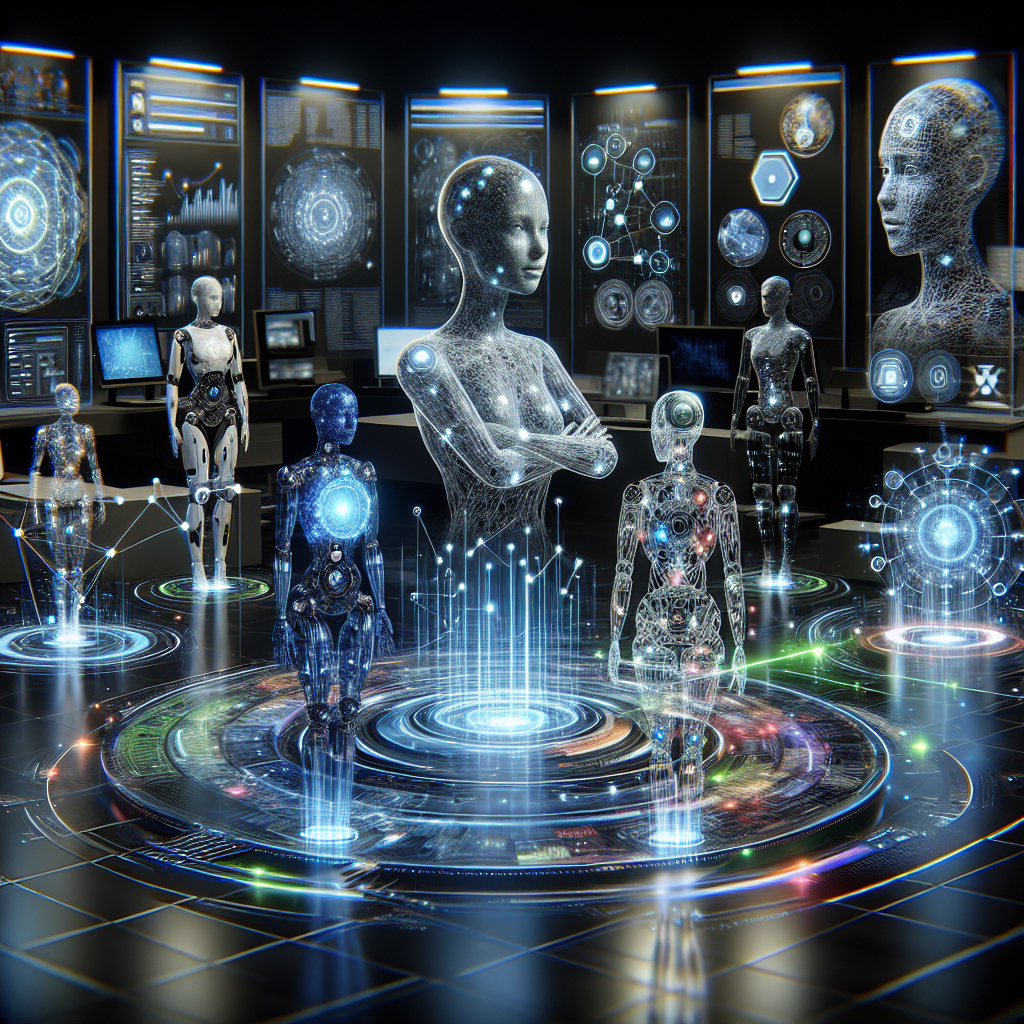Artificial intelligence (AI) has been making significant advancements in recent years, particularly in the field of virtual assistants. Virtual assistants are AI-driven solutions that can perform various tasks and services for users, such as answering questions, providing recommendations, and even controlling smart home devices. As AI technology continues to evolve, the future of AI-driven solutions in virtual assistants looks promising, with the potential to revolutionize the way we interact with technology.
One of the key advancements in AI-driven virtual assistants is the ability to understand and respond to natural language. Natural language processing (NLP) technology allows virtual assistants to interpret and respond to human language in a more conversational and intuitive manner. This enables users to interact with virtual assistants in a more natural way, making the experience more seamless and user-friendly.
Another important development in AI-driven virtual assistants is the ability to personalize responses based on user preferences and behavior. Machine learning algorithms can analyze user data and patterns to provide more relevant and personalized recommendations and suggestions. This level of personalization can enhance the user experience and make virtual assistants more effective in assisting users with their tasks and queries.
Furthermore, AI-driven virtual assistants are becoming more integrated with other technologies and services, such as smart home devices, e-commerce platforms, and social media. This integration allows virtual assistants to provide a wider range of services and capabilities, making them more versatile and useful for users in various contexts.
The future of AI-driven solutions in virtual assistants also includes advancements in voice recognition technology. Voice assistants, such as Amazon’s Alexa and Apple’s Siri, have already gained popularity for their ability to understand and respond to voice commands. As voice recognition technology continues to improve, virtual assistants will become even more intuitive and responsive, enabling users to interact with them more naturally and efficiently.
In addition to voice recognition, AI-driven virtual assistants are also incorporating visual recognition technology to enhance their capabilities. Visual recognition algorithms can analyze images and videos to provide more contextually relevant information and recommendations. This can be particularly useful in applications such as visual search and augmented reality, where virtual assistants can help users identify objects and access relevant information in real-time.
Overall, the future of AI-driven solutions in virtual assistants looks bright, with continued advancements in AI technology and integration with other technologies. Virtual assistants are poised to become even more intelligent, personalized, and versatile, making them an indispensable tool for users in various domains.
FAQs:
Q: What are some common applications of AI-driven virtual assistants?
A: AI-driven virtual assistants can be used in a wide range of applications, such as customer service, healthcare, finance, and education. They can assist users with tasks such as scheduling appointments, answering questions, and providing recommendations.
Q: How do AI-driven virtual assistants learn and improve over time?
A: AI-driven virtual assistants use machine learning algorithms to analyze user data and patterns, enabling them to learn and improve their performance over time. They can adapt to user preferences and behavior to provide more personalized and relevant responses.
Q: Are there any privacy concerns associated with AI-driven virtual assistants?
A: Privacy concerns are a common issue with AI-driven virtual assistants, as they often require access to user data to provide personalized recommendations and responses. It is important for users to be aware of the data that virtual assistants collect and how it is used to ensure their privacy and security.
Q: What are some challenges in developing AI-driven virtual assistants?
A: Some of the challenges in developing AI-driven virtual assistants include natural language understanding, personalization, and integration with other technologies. It can be difficult to create virtual assistants that can accurately interpret and respond to human language, as well as provide personalized recommendations based on user data.
Q: How can businesses benefit from AI-driven virtual assistants?
A: Businesses can benefit from AI-driven virtual assistants in various ways, such as improving customer service, increasing efficiency, and reducing costs. Virtual assistants can help businesses automate routine tasks, interact with customers more effectively, and provide personalized recommendations and services.

